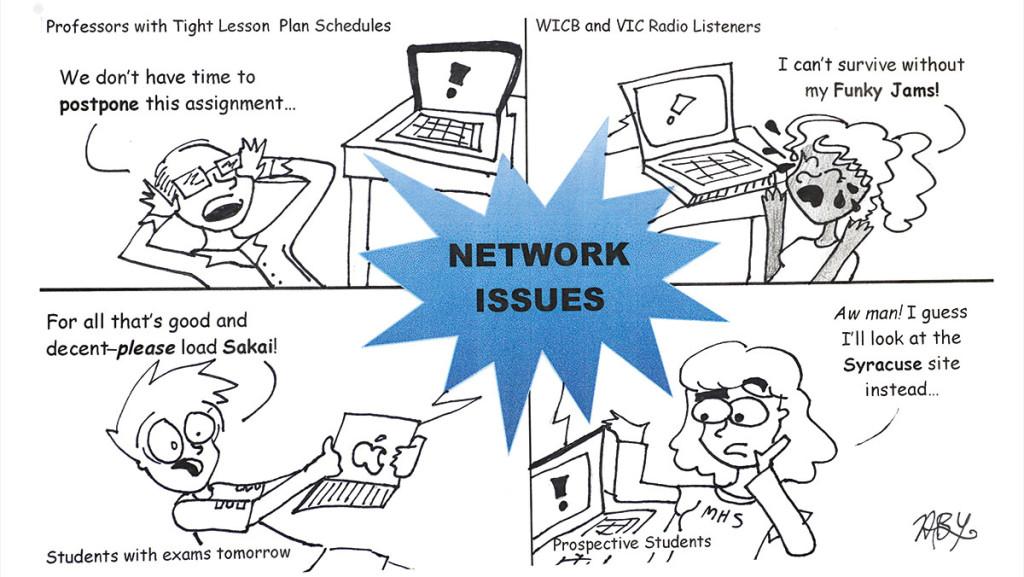By the numbers, the current state of female representation in media is almost as disappointing as the persisting gender pay gap.
In 2014, men held 63.4 percent of bylines and on-camera appearances, and women held 36.1 percent. In 2012, women had 28.4 percent of speaking roles in the top 100 films — the lowest proportion since 2007. These figures are from The Status of Women in the U.S. Media 2014 report, which revealed many statistics across several media — television, newspapers, radio — indicating women still occupy a minority of leadership roles in media. The Women’s Media Center, founded by Jane Fonda, Gloria Steinem and Robin Morgan in 2005, has published several of these comprehensive reports.
For 2016, numbers like these are upsetting. The rate of change in the past decade is also dismal — since 1999, the ratio of men to women in newspaper newsrooms is essentially a flat line. In fact, the numbers in 1999 are slightly more toward women’s favor: 63.1 percent men and 36.9 percent women on newsroom staffs, compared to 63.7 percent men and 36.3 percent women in 2013.
The solution lies in the hopeful statistics of our own generation.
When looking at the figures of women currently in school for communications, the numbers are completely the reverse. In Fall 2013, women comprised 63.6 percent of undergraduate students enrolled in journalism and mass communication programs, according to the 2013 Annual Survey of Journalism and Mass Communication Enrollment. The numbers are there; we need only encourage those budding communicators to stay on their paths and pursue the careers they want in media. In this way, students can close the college-to-career gap in representation that occurs.
Even the Women’s Media Center is not blaming the current male-dominated leadership or focusing on doing so to change these numbers. It calls out instances of sexism, as it should, but the organization’s main solution is to highlight the voices of women already making moves in media, to make role models out of them as an inspiration for younger women.
This is why Women in Media Month is so important. The organizers at Ithaca College have taken the right direction by focusing on women who have made waves of their own volition, invoking in today’s students the sense that young women have the power to change those numbers. It will take time, but those statistics will shift if we continue to recognize the work that has already been accomplished.














